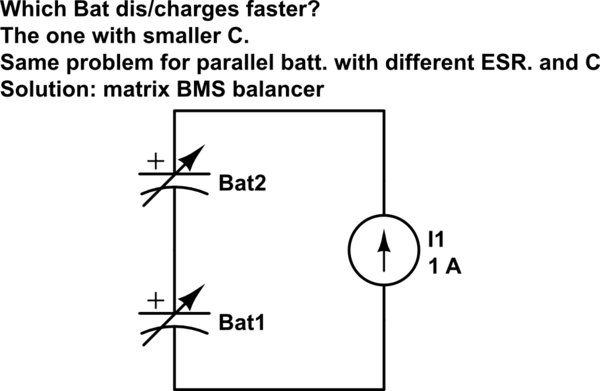I will try to sum everything up and keep it as clear as possible.
I have a solar system:
- inverter: 1500VA 24V system
- batteries: AGM 100Ah (20 months old daily cycle)
- controller: semi-MPPT 80A 24V
Suddenly my system started shutting down quickly because of low battery, after testing I noticed that batteries (2,3,6,7) were 10.5V while the rest were 12.5V.
I took them all out, balanced them all and returned in the exact same order and were charged to 100% (27V,13.5V/Bat.), within 48h the problem occurred again, so I decided to take the 4 bad batteries out and balanced the good batteries voltage, this is how the system looks like now:
Within 24h and after fully charged and used I tested it and found out that batteries (5,8) were 10.5V while the rest were 12.5V
What could be the cause? This has confused me a lot! Has anyone seen or heard of this phenomenon?
I don't really know how to approach or diagnose the problem
Load: max estimate is 1.2Kw used since sun down until tests time



